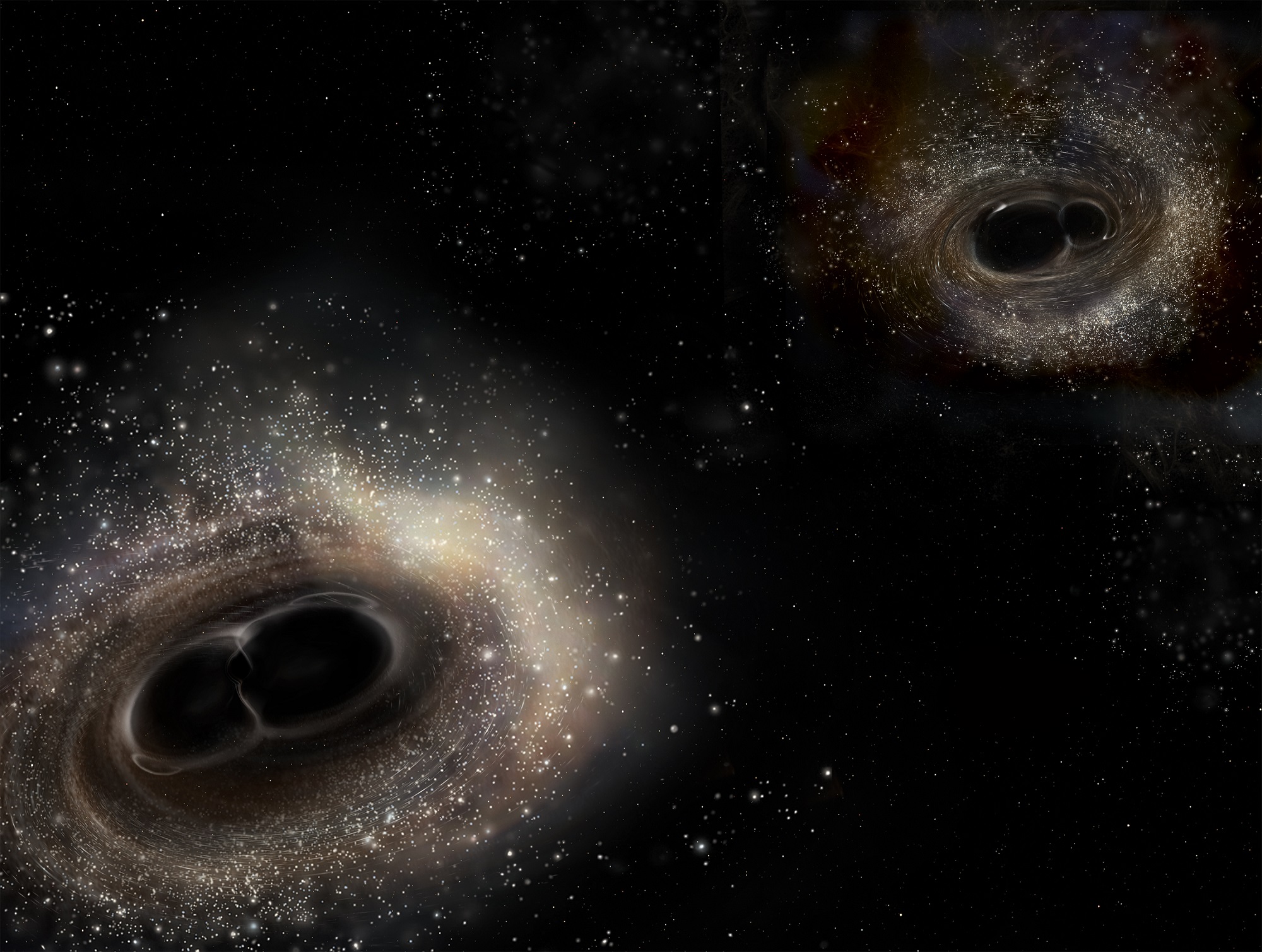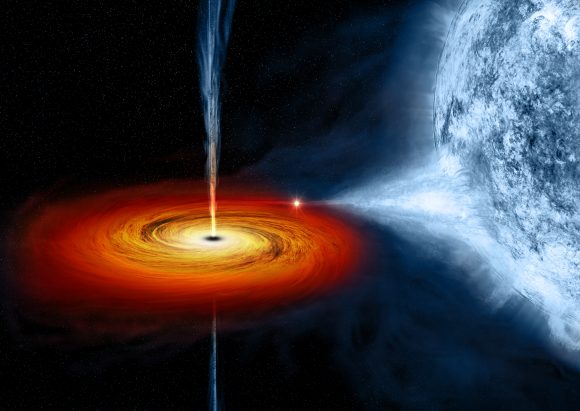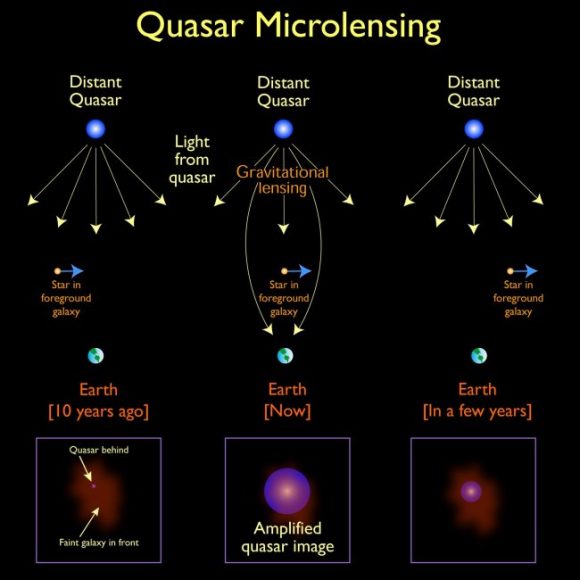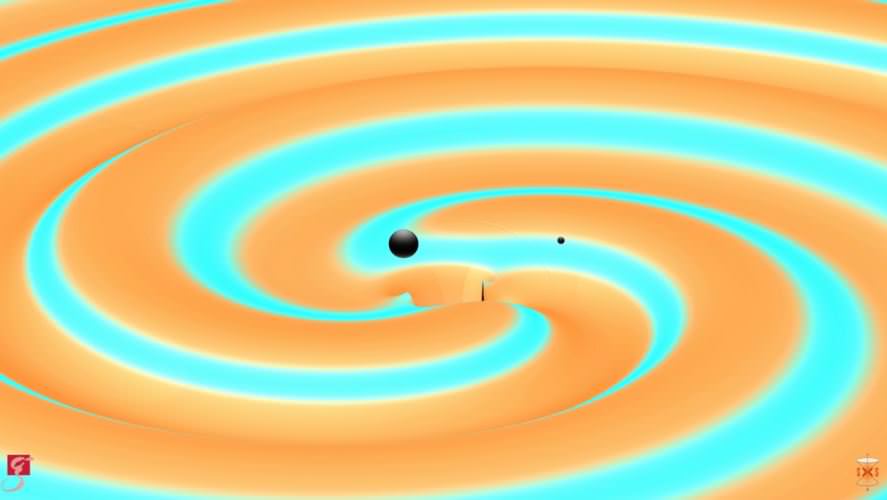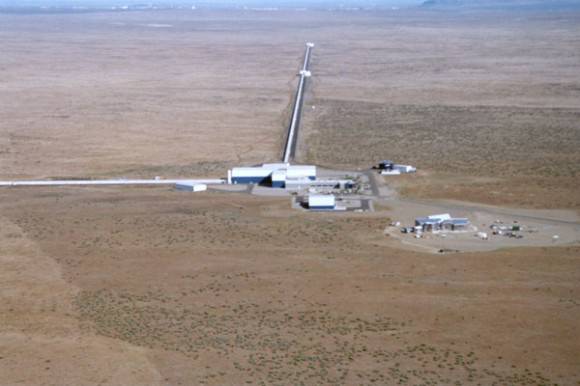On February 11th, 2016, scientists at the Laser Interferometer Gravitational-wave Observatory (LIGO) announced the first detection of gravitational waves. This development, which confirmed a prediction made by Einstein’s Theory of General Relativity a century prior, opened new avenues of research for cosmologists and astrophysicists. It was also a watershed for researchers at Monash University, who played an important role in the discovery.
And now, a little over a year later, a team of researchers from the Monash Center for Astrophysics has announced another potential revelation. Based on their ongoing studies of gravitational waves, the team recently proposed a theoretical concept known as ‘orphan memory’. If true, this concept could revolutionize the way we think about gravitational waves and spacetime.
Researchers from Monash Center for Astrophysics are part of what is known as the LIGO Scientific Collaboration (LSC) – a group of scientists dedicated to developing the hardware and software needed to study gravitational waves. In addition to creating a system for vetting detections, the team played a key role in data analysis – observing and interpreting the data that was gathered – and were also instrumental in the design of the LIGO mirrors.
Looking beyond what LIGO and other experiments (like the Virgo Interferometer) observed, the research team sought to address how these detectors capabilities could be extended further by finding the “memory” of gravitational waves. The study that describes this theory was recently published in the Physical Review Letters under the title “Detecting Gravitational Wave Memory without Parent Signals“.
According to their new theory, spacetime does not return to its normal state after a cataclysmic event generates gravitational waves that cause it to stretch out. Instead, it remains stretched, which they refer to as “orphan memory” – the word “orphan” alluding to the fact the “parent wave” is not directly detectable. While this effect has yet to be observed, it could open up some very interesting opportunities for gravitational wave research.
At present, detectors like LIGO and Virgo are only able to discern the presence of gravitational waves at certain frequencies. As such, researchers are only able to study waves generated by specific types of events and trace them back to their source. As Lucy McNeill, a researchers from the Monash Center for Astrophysics and the lead author on the paper, said in a recent University press statement:
“If there are exotic sources of gravitational waves out there, for example, from micro black holes, LIGO would not hear them because they are too high-frequency. But this study shows LIGO can be used to probe the universe for gravitational waves that were once thought to be invisible to it.”
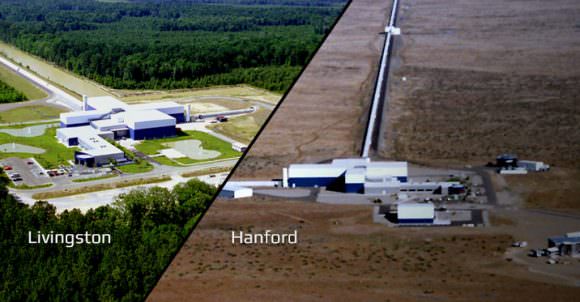
As they indicate in their study, high-frequency gravitational-wave bursts (i.e. ones that are in or below the kilohertz range) would produce orphan memory that the LIGO and Virgo detectors would be able to pick up. This would not only increase the bandwidth of these detectors exponentially, but open up the possibility of finding evidence of gravity wave bursts in previous searches that went unnoticed.
Dr Eric Thrane, a lecturer at the Monash School of Physics and Astronomy and another a member of the LSC team, was also one of the co-authors of the new study. As he stated, “These waves could open the way for studying physics currently inaccessible to our technology.”
But as they admit in their study, such sources might not even exist and more research is needed to confirm that “orphan memory” is in fact real. Nevertheless, they maintain that searching for high-frequency sources is a useful way to probe for new physics, and it just might reveal things we weren’t expecting to find.
“A dedicated gravitational-wave memory search is desirable. It will have enhanced sensitivity compared to current burst searches,” they state. “Further, a dedicated search can be used to determine whether a detection candidate is consistent with a memory burst by checking to see if the residuals (following signal subtraction) are consistent with Gaussian noise.”
Alas, such searches may have to wait upon the proposed successors to the Advanced LIGO experiment. These include the Einstein Telescope and Cosmic Explorer, two proposed third-generation gravitational wave detectors. Depending on what future surveys find, we may discover that spacetime not only stretches from the creation of gravitational waves, but also bears the “stretch marks” to prove it!
Further Reading: Physical Review Letters

